Multi-objective Optimization of Casing Treatment in a Centrifugal Compressor Based on Data Mining and Metamodel*
2019-01-03
(Department of Mechanics,Tianjin University,Tianjin,China,zxliu@tju.edu.cn)
Abstract:Casing treatment (CT) has the potential to extend the stable operating range of a centrifugal compressor.A multi-objective optimization method is proposed to optimize the CTof centrifugal compressors. The method consists of Kriging metamodel, Genetic Algorithm(GA),data-mining techniques and CFD code.Firstly,data-mining techniques are used to analyze the initial design space.The correlations between design variables and objectives are extracted,resulting in a refined design space.Then,the global optimization of CT is conducted by GA based on data-mining results.After optimization,the performance of the centrifugal compressor shows a considerable improvement over the whole speed line.The isentropic efficiency increases by 2.05%,and the stall margin improves by 7.11%.Finally,the mechanism behind the performance improvement is further clarified by detailed flow analysis.
Keywords:Centrifugal Compressor,Casing Treatment,Data-mining,Multi-objective Optimization
1 Introduction
Turbochargers are usually used in internal combustion engines to improve fuel economy and reduce emission.As a key component of turbochargers,the centrifugal compressors converts mechanical energy into pressure energy by high-speed rotating impeller.Striving for high pressure ratio and large flow capacity is an overall trend of compressor development.However,this usually contradicts with high efficiency and wide operating range due to the complex transonic flow in narrow compressor passages.Self-recirculation casing treatment is commonly used to achieve a balance between high performance and wide stable operating range of centrifugal compressors[1-3].
However,the design parameters of CT are severe correlated,and the mapping relations between design parameters and aerodynamic performance are highly non-linear[4-5].The trial-and-error method is usually failed to find the optimal CT.Global optimization methods are becoming more and more popular to obtain a better compromise between design efforts and high aerodynamic performance of CT.Min[6]integrated Design of Experiment(DOE)and Artificial Neural Network(ANN)to implement a multi-objective optimization of a centrifugal compressor with CT.Kim J.et al.[7,8]combined Kriging metamodel with genetic algorithm(GA)to conduct a multi-objective optimization of CT in an axial compressor.
Though global optimization algorithms are able to search the optimal design scheme of CT,they deal with the optimization problem as a typical black box problem.Nearly none information of interactions between design parameters and aerodynamic performance could be drawn.Those information may be useful to understand the design feasibility and make simplifications to the design problem.On the other hand,the single-point optimization will definitely improve the aerodynamic performance at design condition,however,it may cause performance deterioration at off-design conditions.Therefore,this study introduces data-mining techniques to extract the interactions among design parameters,and the non-linear mapping relations between design parameters and aerodynamic performance.This helps to identify key design parameters of CT and simplify the optimization problem.Based on the data-mining results,a multi-point multi-objective global optimization method is established to optimize the CT of a transonic centrifugal compressor to improve is entropic efficiency as well as operating range.
2 Numerical Method
As shown in Fig.1,the full passage compressor including unshroud impeller,vaneless diffuser,CT and volute are modeled in the simulation.Some key design parameters of the centrifugal compressor are listed in Table 1.
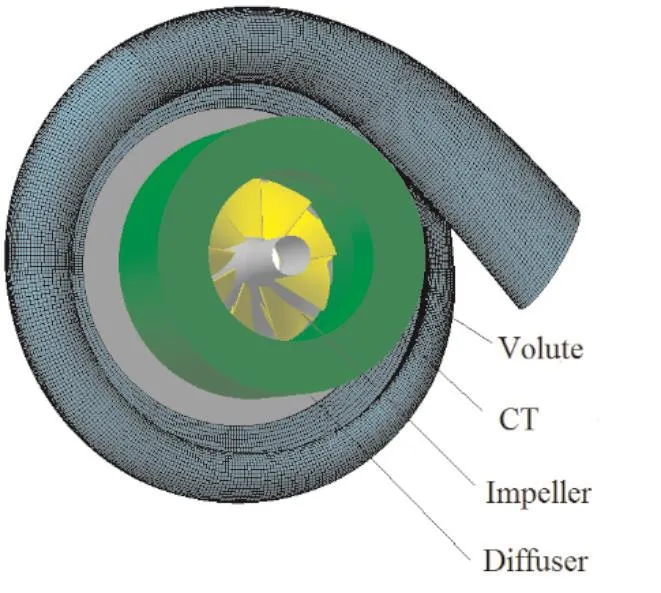
Fig.1 Computational domain and mesh
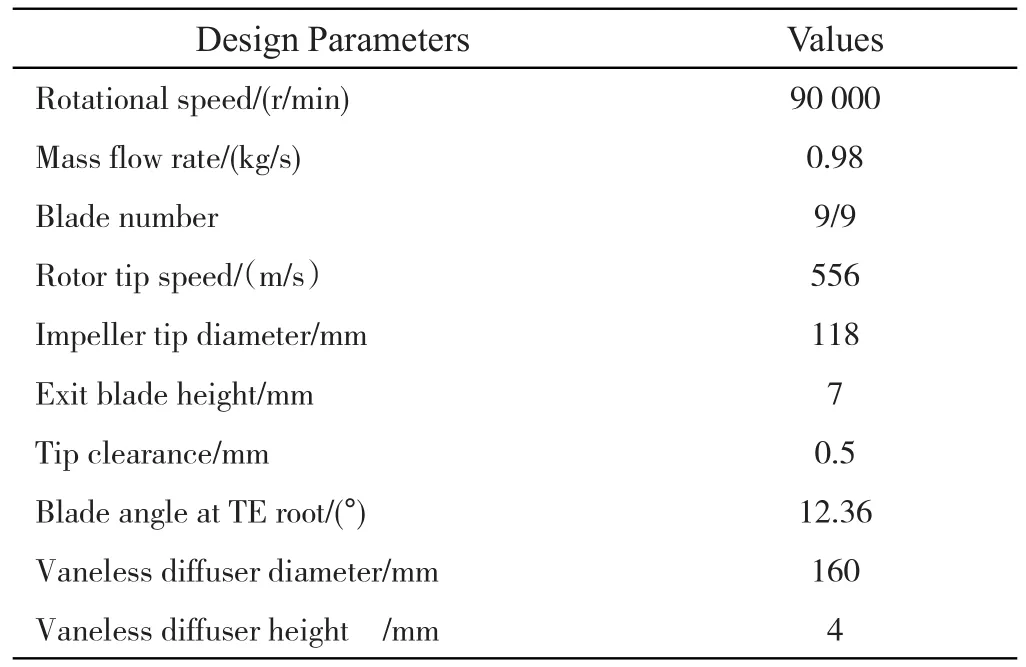
Tab.1 Key parameters of centrifugal compressor
In order to illustrate the computational domain more clear,Fig.2 only shows the single passage mesh of impeller and CT.The total mesh number of a single passage is around 1 380 000.There are 21 mesh nodes in the spanwise direction for the blade tip clearance.Butterfly mesh is applied to obtain a good mesh quality.The size of the first mesh cell near the wall is 0.001mm in the impeller and 0.01mm in the volute,which makes they+be small enough for the Spalart-Allmaras turbulence model.The whole computational domain(see Fig.1)contains approximately 13 370 000 nodes after mesh independency investigation.
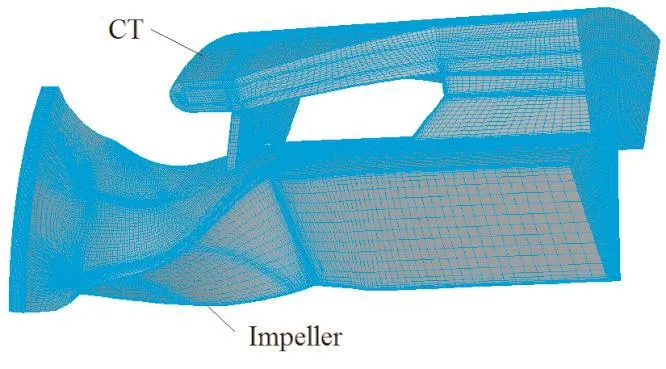
Fig.2 Single passage mesh of impeller and CT

Fig.3 Comparison of numerical and experimental results
Based on the full passage computational mesh,the 3-D steady Reynolds-averaged Navier-Stokes equations are solved.The Spalart-Allmaras turbulence model is applied for turbulence closure.Total temperature and total pressure are imposed as the inlet boundary conditions.Static pressure is set as the outlet boundary condition.No-slip and impermeability conditions are imposed on the solid walls.The interfaces between impeller and volute,impeller and CT are frozen rotors.By varying the back pressure gradually,the whole speed line of the compressor is obtained.
The numerical and experimental results for the compressor are plotted in Fig.3,and the mass flow are normalized by the choke mass flow.It shows that the numerical results agree well with the experimental ones both in the efficiency and pressure ratio,the maximum error is only 3.01%.
This study focuses on the optimization of CT,therefore,the computational domain in the following optimization only consists of a single passage impeller,CT and vaneless diffuser(see Fig.2)to speed up the optimization process.
3 Data Mining
It is necessary to determine a small number of key design variables from design space to simplify the optimization problem.Some information in the design space,such as the trade-off between objective functions,the non-linear relations between design parameters and objective functions,will be useful for ignoring the unimportant design parameters.Therefore,the efficiency and the reliability of the optimization process may be improved.The process to extract information from the design space is called‘data-mining'.In this study,two typical data-mining techniques,univariate Analysis of Sensitivity(SA)[9]and multivariate Analysis of Variance(ANOVA)[10],are introduced to explore the interactions and correlations among design variables and objective functions.
3.1 Structure Parameters of the CT
As shown in Fig.4,the geometry of the CT is parameterized by 11 independent design parameters.Considering the geometry constraints of the compressor,the parameter ranges of CT are shown in Table 2.Based on these design parameters,numerical simulation is carried out to obtain aerodynamic properties of the compressor.
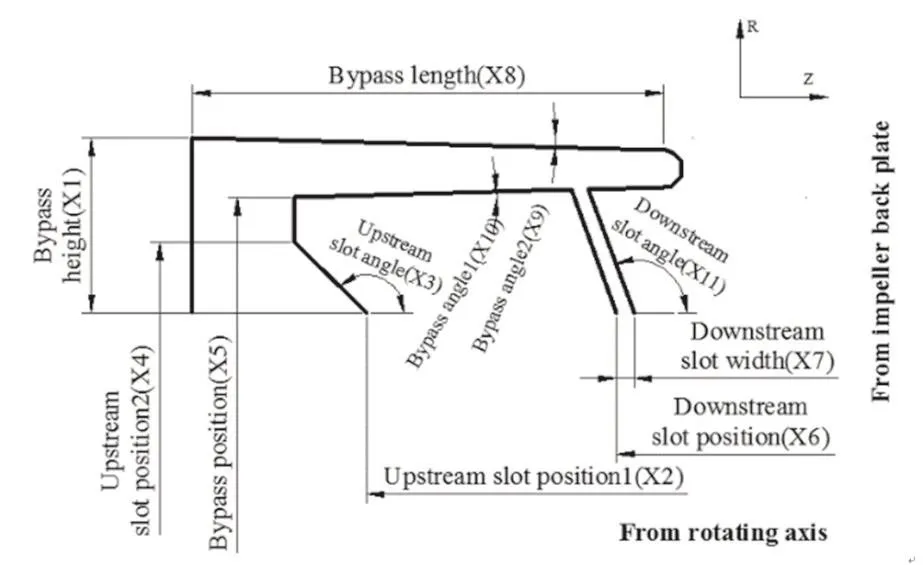
Fig.4 Design parameters of CT
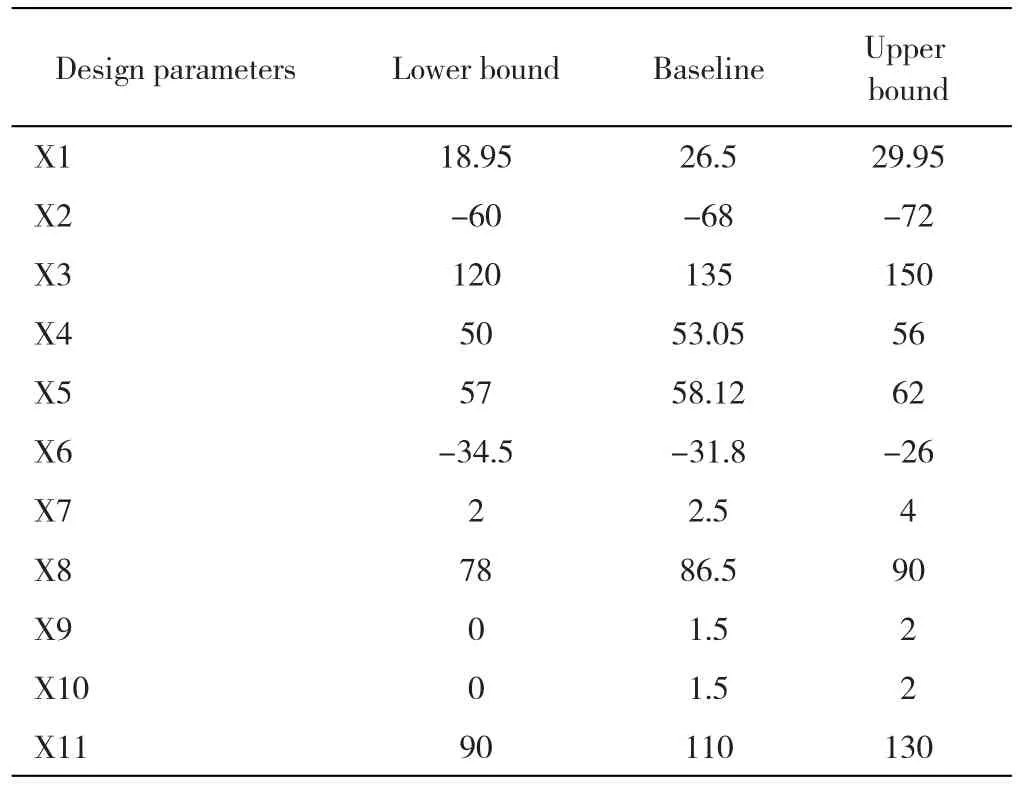
Tab.2 Design parameter ranges of CT
3.2 Univariate Data Mining:SA
In this section,both local and global univariate SA are carried out for CT based on Kriging metamodel[11].SA can identify the effects of single design parameter on objective functions in quantitative way.The local SAis written as

whereSlis the local SA coefficient,x={x1,x2,…,xn}denotes design parameters,f(x)is objective function,which involves efficiency at design point and near stall point,pressure ratio at design point and near stall point,and surge mass flow.
The global SA coefficient Sg is expressed as

wheref(x)can be expressed as an integral formula ofg(xi).p(xi)is a probability density function.The responsef(x)can be estimated by m random samples,Sgcan be calculated as

Since SA is based on Kriging model,it is necessary to validate the accuracy of the metamodel.According to the design parameter ranges of CT in Table 2,150 samples are obtained by the Optimal Latin Hypercube(OLH)[12].The corresponding aerodynamic performances of those samples are estimated by validated CFD method(see Section 2).Kriging metamodel is constructed to approximate the relations between design parameters and aerodynamic performances.Cross-Validation(CV)is used to test the accuracy of the metamodel.The process of CV is that a number of responses will be removed from the sampling data set,one at a time.For each of removed points,the Kriging metamodel will be re-calculated and get a new predicted value.Based on the comparison between true responses and predicted values,the relative errors are obtained.As shown in Fig.5,the established metamodel can provide a good accuracy based on current samples.Additionally,the correlation coefficientsR2is also checked for the established metamodel.R2can be calculated as follow

Fig.5 Cross-validation of Kriging metamodel

As illustrated in Table 3,the constructed metamodel is reliable for further data-mining and global optimization.
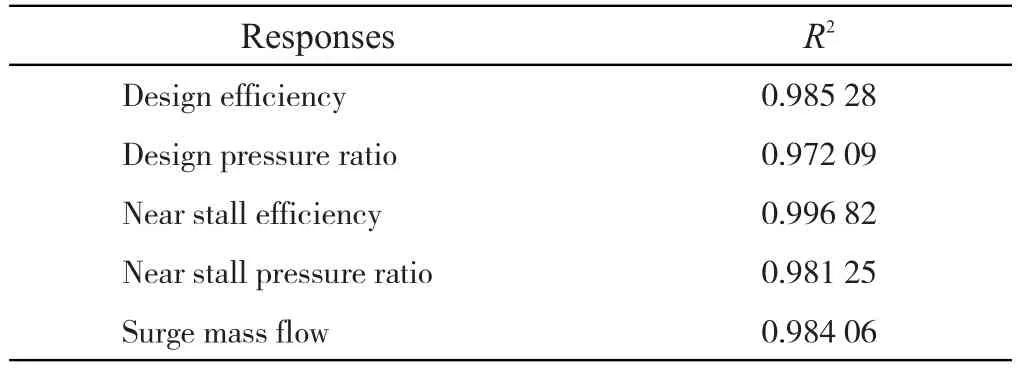
Tab.3 Correlation coefficients of responses
Based on the well-established metamodel,SA is performed for the three objective functions(design efficiency,near stall efficiency and surge mass flow),and the results are illustrated in Fig.6.The SA coefficients of downstream slot position X6,downstream slot width X7 and bypass angle X9,X10 for design efficiency are high.X6,X7,X10 and upstream slot angle X3 have obvious influences on near stall efficiency.Surge mass flow is mainly affected by X6 and X7.Therefore,the univariate SA indicates that the five design parameters:X3,X6,X7,X9 and X10 play important roles in determining aerodynamic performances of the compressor.
The influences of the five important design parameters on the aerodynamic performances are illustrated in Fig.7.This figure is plotted by varying a certain design parameter while keeping the rest parameters at the baseline level.It can be seen that with the increase of X3,the efficiencies and surge mass flow firstly increase and then keep stable.With the increase of X6,the design efficiency and near stall efficiency remain constant at the beginning and then drop off,while the surge mass flow firstly increases sharply and then decreases slowly.The three objective functions firstly increase and then decrease with the X7,while the effects of X9 and X10 can be ignored in the single factor analysis.The results show that the variation patterns of the objective functions are complex,it is hard to obviously improve all objectives and some compromises should be made to those objectives.It is important to carry out multi-point multi-objective global optimization to achieve a good balance among objectives.
3.3 Multivariate Data Mining:ANOVA
The univariate SA method can only extract the effects of single design parameter on objectives.The interactive effects of multi design parameters are also important.Therefore,a multivariate ANOVA method is introduced to identify the interactive effects among design parameters.
In ANOVA method,the effects of design parameters on the objective functions can be calculated by decomposing the total variance of the model into the variance due to the design parameter.The total mean µtotal and the varianceσtotal2of the model are defined as

The main effect of variablexiand the interaction effect ofxiandxiare given as
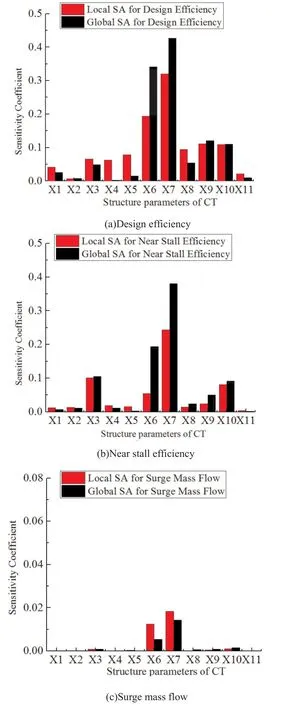
Fig.6 SAresults of three objective functions
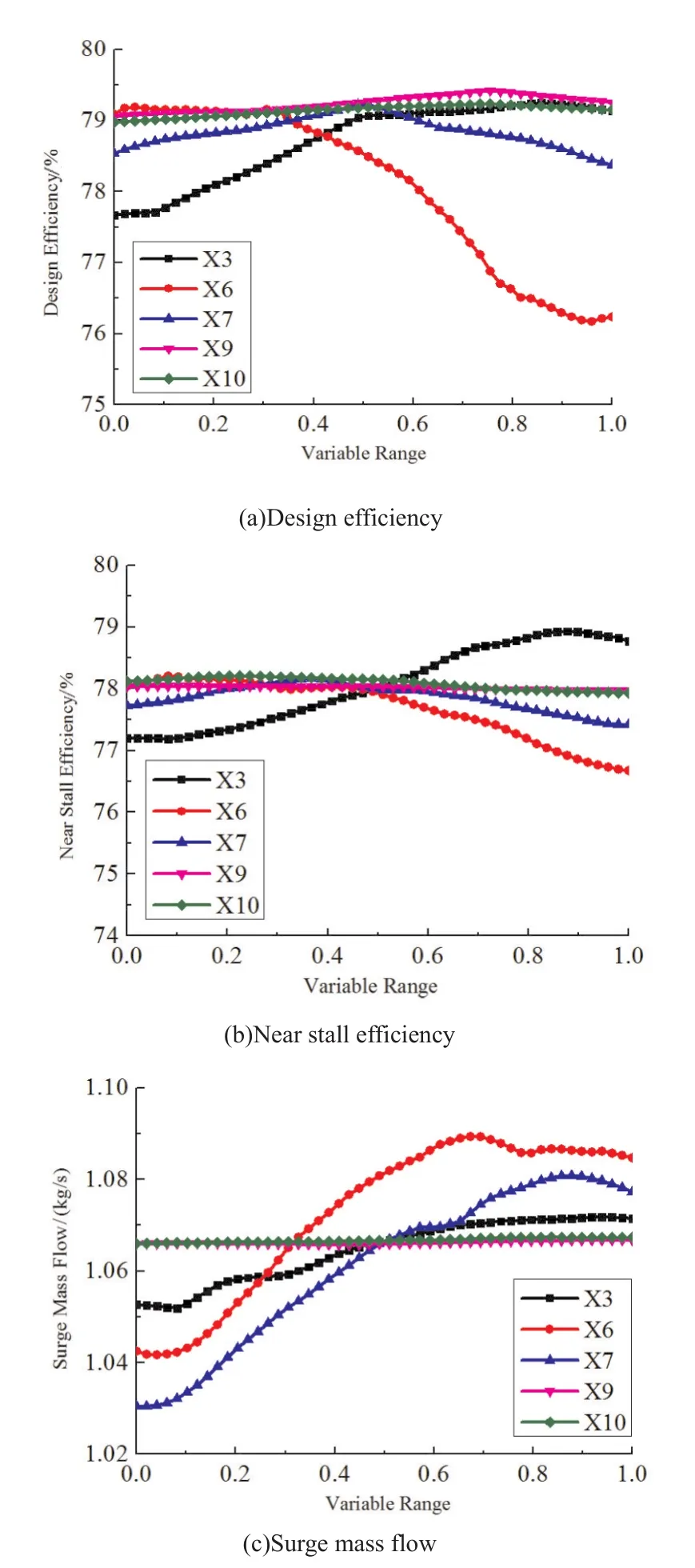
Fig.7 Effects of varying design parameter on aerodynamic performances

µi(xi)andµij(xi,xj)quantify the effect of variablexiand interaction effect ofxiandxjon the objective function.The varianceσ2(xi)due to the design variable xi andσ2(xi,xj)due toxiandxjare given as

The proportion of the variance due to design variable to the total variance indicates the effect of a variable on the objective function.ANOVA is implemented based on the validated Kriging metamodel(see Fig.5,Table 3).
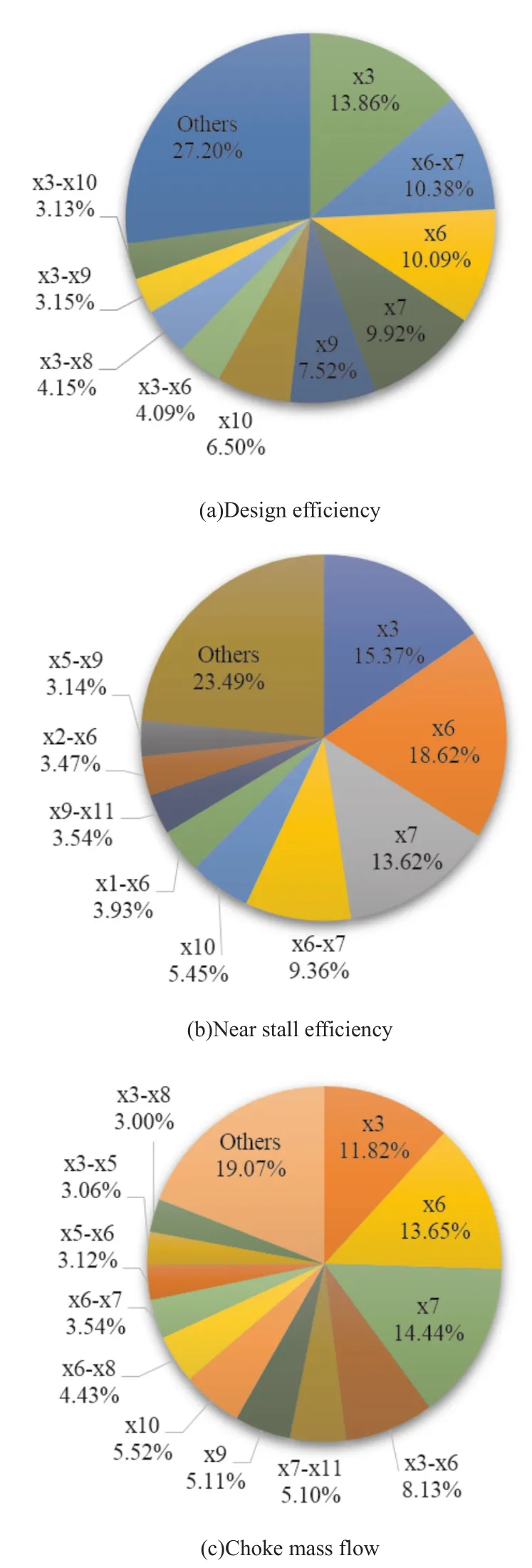
Fig.8 ANOVA results of 3 objective functions
ANOVA is performed for three objective functions.Variance of design variables and their interactions whose proportion to the total variance is over than 2.0%are shown in Fig.8.Both the main effects of X3,X6,X7 and the interaction effects of X3-X6,X6-X7 play significant roles in determining the aerodynamic performance of the compressor.On the other hand,the interactive effects of variable X9,X10 and others variables are also distinct.The results of multivariate ANOVA agree well with univariate SA,which provide guidelines to simplify the design space of optimization.
4 Multi-objective Optimization
4.1 Optimization Method
A multi-point multi-objective optimization method is proposed by integrating data-mining techniques,Kriging metamodel,improved NSGA-II and CFD code.The flow chart of the method is presented in Fig.9.The left-hand part is data-mining,which provides significant information for simplifying design space.The right-hand part presents the core optimization process based on the improved NSGA-II[13].
Based on the data-mining results,design parameters X3,X6,X7,X9,X10 have larger influences on the aerodynamic performances of the compressor and they are kept in the final design space.The range of those five design parameters of CT in the final design space are shown in Table 4.
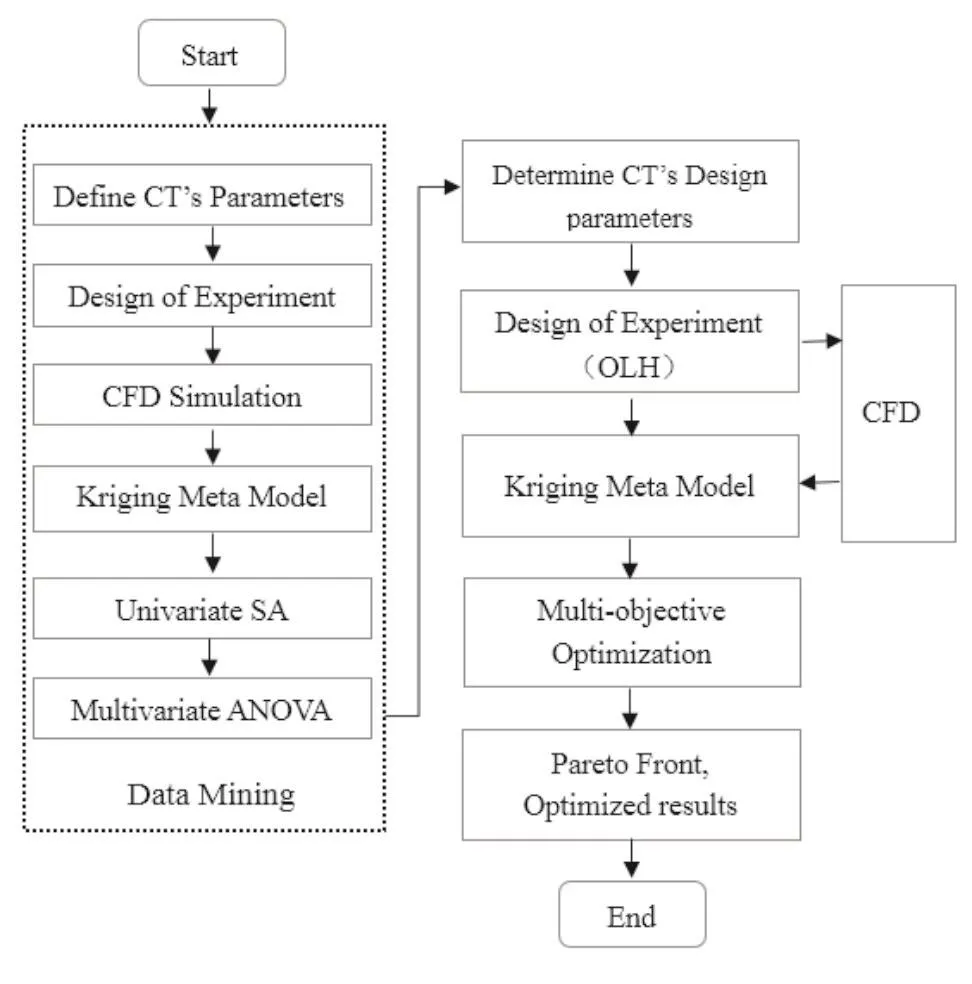
Fig.9 Flowchart of multi-point multi-objective optimization method
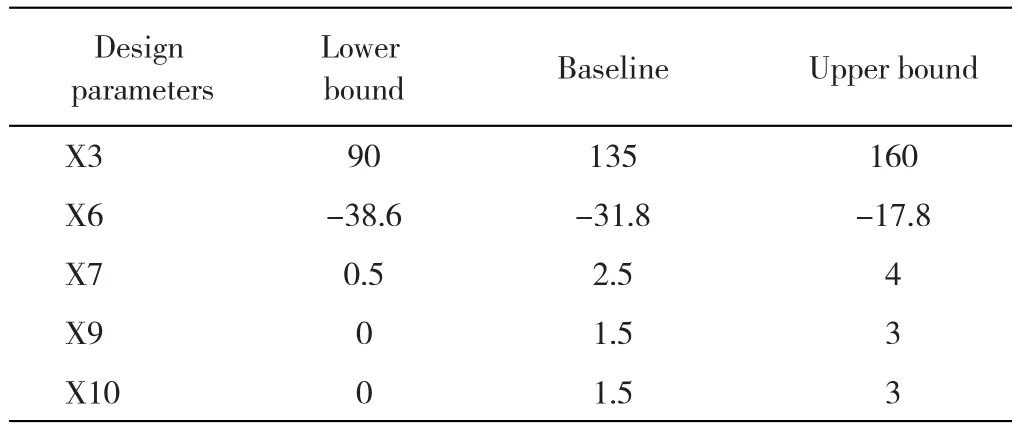
Tab.4 Range of the five design parameters of CT in the final design space
Based on the final design space,in total 150 samples are generated by OLH,the corresponding aerodynamic performances are estimated by validated CFD code.The prediction of total pressure and isentropic efficiency at design operating condition is conducted by imposing a design mass flow rate(0.98kg/s)boundary condition at vaneless outlet.The near stall operating condition is implemented by imposing a near stall mass flow rate(0.9kg/s).Choke mass flow rate is obtained by specifying a low outlet static pressure(201300 Pa).The Kriging metamodel is built based on those samples.The validation of the constructed metamodel has been mentioned before.
The optimization of CT is to improve the isentropic efficiency of the compressor at two operating conditions:design condition and near stall condition.The mathematical expressions of the objectives are shown in Eq.(11)and the constraints are given in Eq.(12).
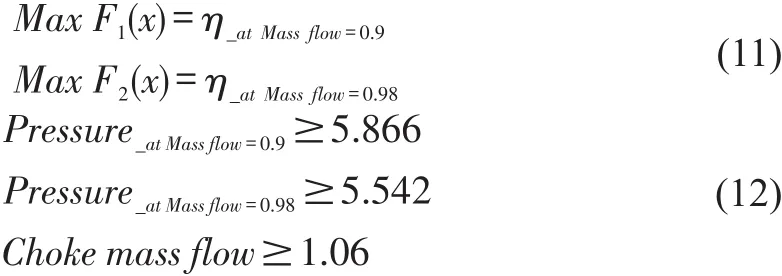
Table 5 shows some essential parameters in the genetic algorithm and simulation.Parallel computing technique is applied to the optimization process.The optimization is carried out on a computer with a 24-core processor(Xeon(R)E5-2620),and the CPU utilization is about 80 percent.The total computational time required to run the optimization is about 400 hours.

Tab.5 Essential parameters in the genetic algorithm and CFD simulation
4.2 Results and Discussion
The optimization history is shown in Fig.10.After the optimization,the optimal geometry of CT is selected from the Pareto-optimal front solutions.The overall performances of Solid Casing,baseline CT and optimal CT are illustrated in Fig.11.Compared to the baseline CT,the aerodynamic performance of the optimal one shows an obvious improvement over the whole speed line.At design condition,the isentropic efficiency improves by 2.05%and the total pressure ratio increases by 4.10%.Additionally,stall margin shows a considerable improvement by 7.11%.These results demonstrate the power of the multi-point multi-objective optimization method.Single-point optimization is less likely to achieve the similar results.
Fig.12 compares the geometries of the baseline and optimal CT.It shows that the optimal CT has larger upstream slot angle,narrower downstream slot which is closer to impeller outlet.All these changes agree well with previous data-mining results.The mechanism behind aerodynamic performance improvement after optimization will be discussed below by detailed flow analysis.
As shown in Fig.11(a),the isentropic efficiency shows the most obvious improvement at 0.89 kg/s operating point.The flow analyses in the following sections are all based on this operating point.
Fig.12 presents the spanwise performance at 5mm downstream from the impeller exit.It shows both isentropic efficiency and total pressure ratio increase in the regions from hub to 70%span,but reduce near the shroud.
The comparison of tip clearance leakage vortex is shown in Fig.14.It shows that the main flow rolls up the tip leakage flow,resulting in the generation of tip leakage vortex,especially for the solid casing.The tip leakage vortex leads to a blockage in the impeller passage,which can cause the occurrence of stall in the compressor.After optimization,due to narrower downstream slot width and farther downstream position,more low momentum fluid is sucked into the casing,which benefits isentropic efficiency.

Fig.10 Optimization history and Pareto-optimal front solutions
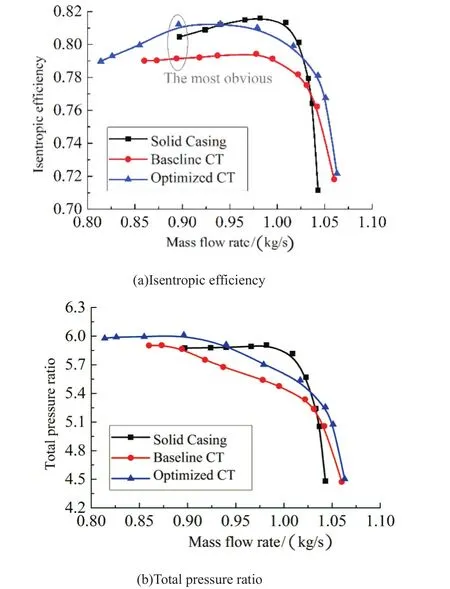
Fig.11 Comparison of performance between solid casing,baseline CT and optimized CT
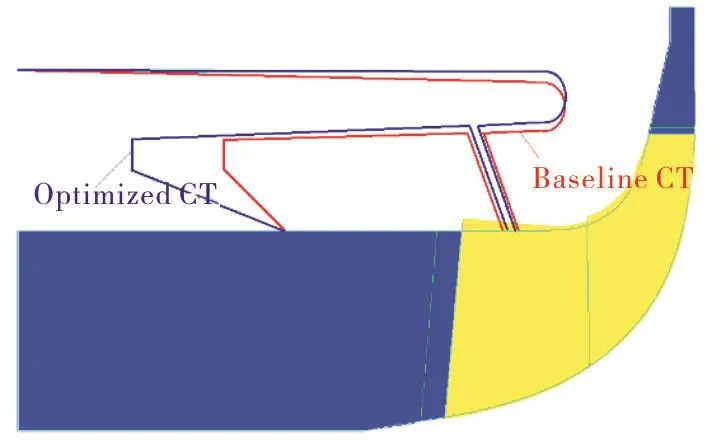
Fig.12 Geometry of baseline and optimized CT
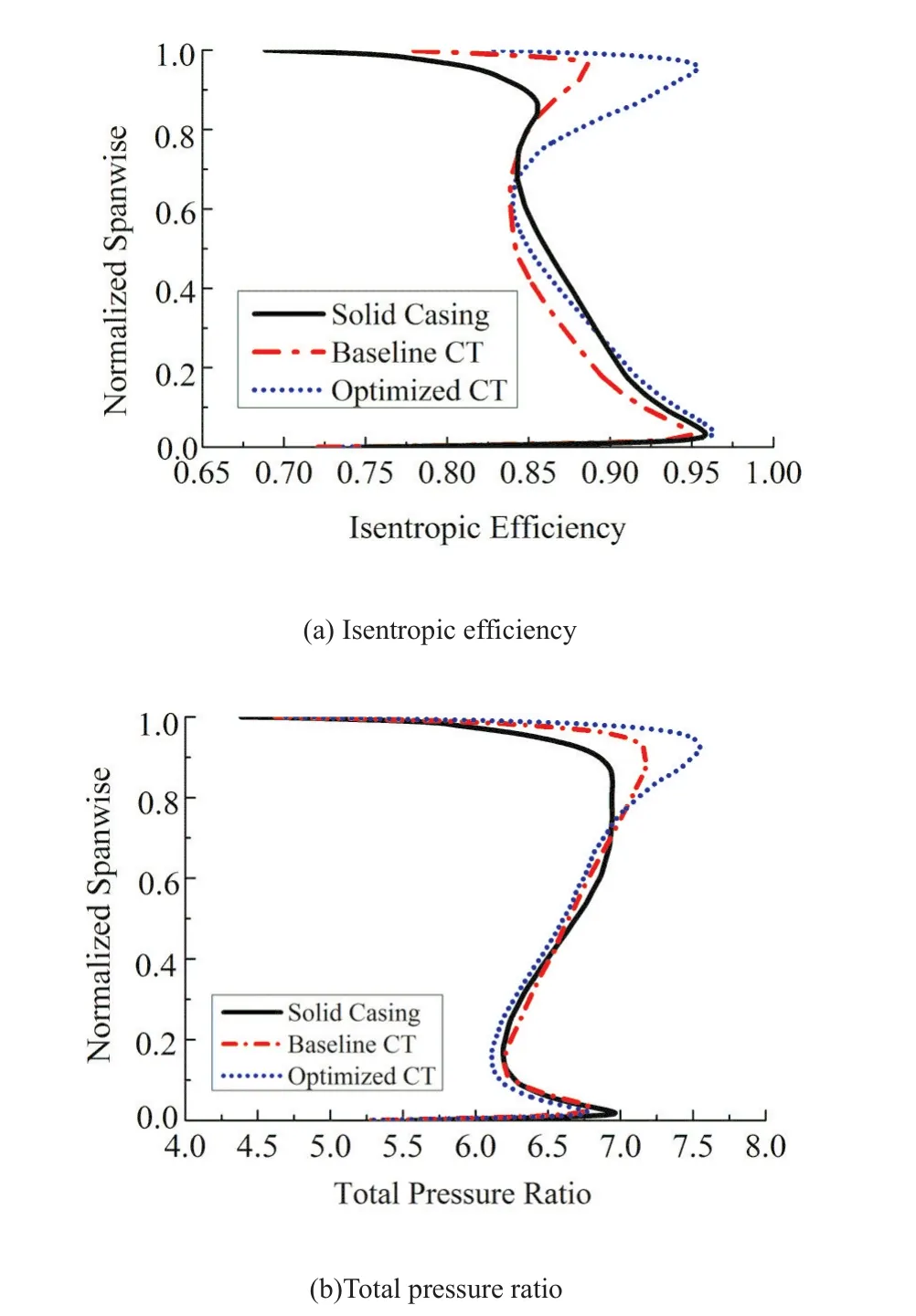
Fig.13 Comparison of spanwise performance 5mm downstream of impeller
Fig.15 shows the comparison of relative Mach number at 95%span.Since the upstream slot angle increases after optimization(see Fig.12),the backflow fluid from casing can better mix with the incoming flow at impeller inlet,resulting in a more uniform flow in inducer.On the other hand,the leading edge shock wave(region A)becomes weaker after optimization,leading to a smaller loss at impeller inducer.Additionally,the low momentum region in the downstream passage(region B)has been reduced,which can decrease the risk of flow separation.This is due to the fact that more low-momentum fluid is sucked by the casing after optimization,which is corresponding to the analysis of Fig.14.
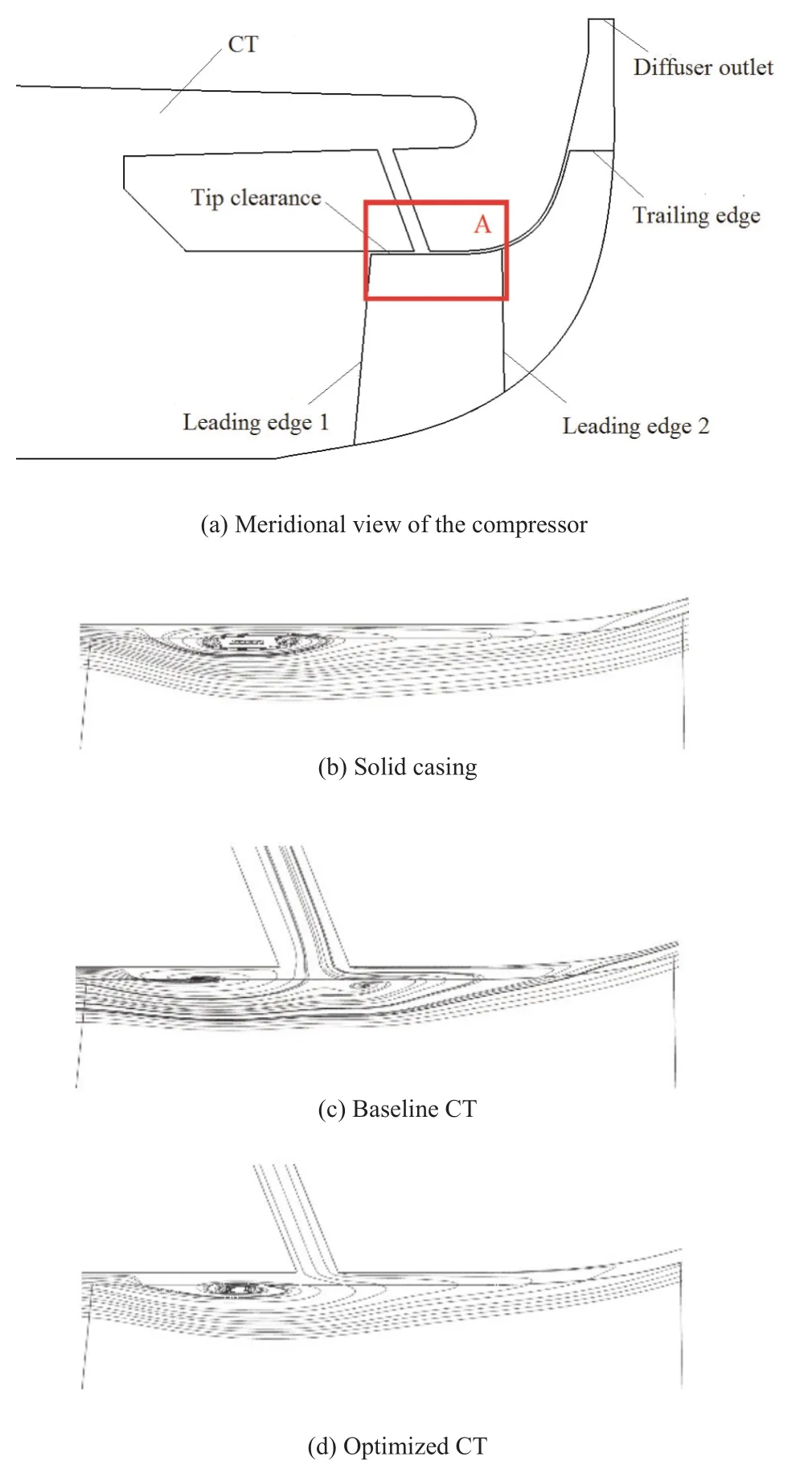
Fig.14 Comparison of tip clearance leakage vortex between solid,baseline and optimized CT
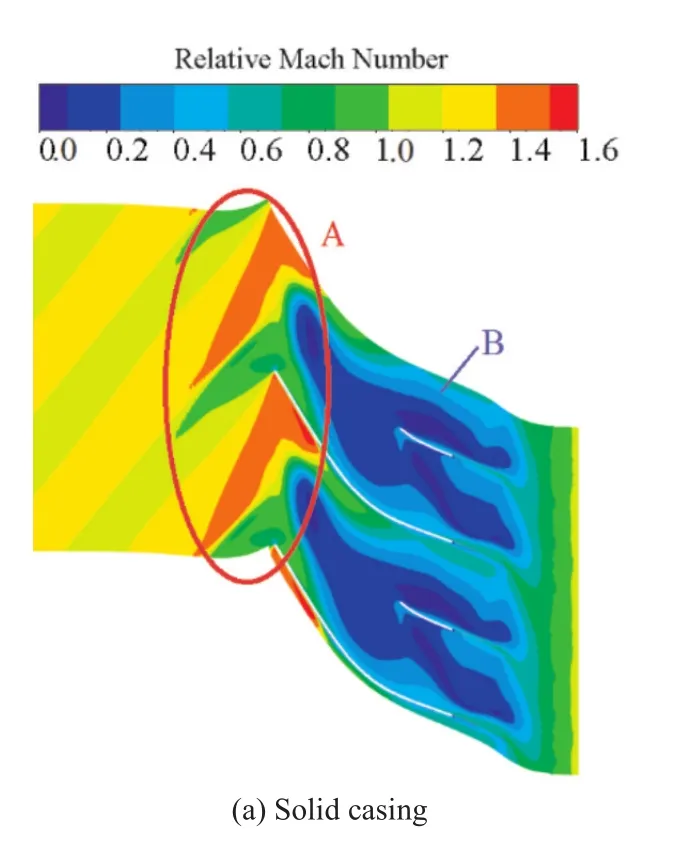
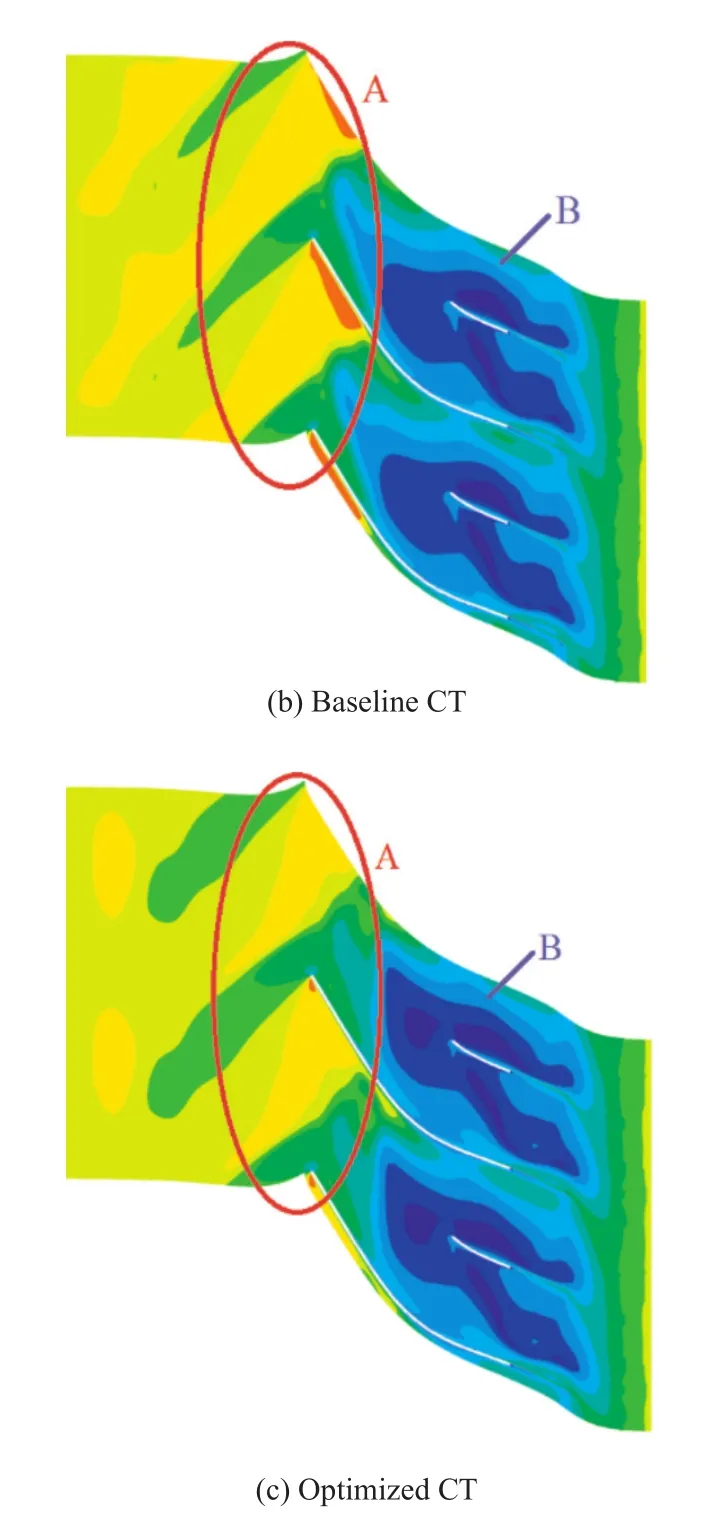
Fig.15 Comparison of the relative Mach number at 95%span between solid casing,baseline and optimized CTs
5 Conclusions
A multi-point multi-objective global optimization method is proposed to improve the aerodynamic performance of the CT in a transonic centrifugal compressor.The following conclusions can be drawn from the present study.
The role of data-mining techniques(SA and ANOVA)is heuristic and they are applied to the initial design space of CT optimization.The single-variable effects and the interactive multi-variable effects on objective functions are identified.After data-mining,the initial design space is simplified and only five key design parameters of CT are kept in the final design space.
Based on the data-mining results,a multi-point multi-objective optimization is implemented for the CT of a transonic centrifugal compressor.After optimization,the aerodynamic performance shows an improvement over the whole speed line.The isentropic efficiency increases by 1.87%and 2.05%respectively at the design point and near stall point.Also,the stall margin increases from 19.11%to 26.22%.
The post-processing of compressor optimization,which couples data-mining results,detailed flow analysis and geometry changes,is an effective way to extract the mechanism behind the performance improvement after optimization.
This paper focuses on the optimization of CT in a centrifugal compressor without a volute.The effect of volute on optimization results will be further considered in authors'future study.
杂志排行
风机技术的其它文章
- Profile Loss Analysis of Transonic Turbine Cascade with RANS and DDES*
- Numerical Simulation of Flow in Centrifugal Compressor with a Single Circumferential Groove*
- 非均匀叶轮对多翼离心风机气动性能和噪声的影响**
- 蜗舌改型设计对多翼离心风机气动性能的影响*
- Direct Off-design Performance Prediction of Industrial Gas Turbine Engine
- Perfect Gas Approximation of Real Gas Behavior of an Organic Working Fluid Applied in the Aerodesign Simulation of a Radial-inflow Turbine
